As the presidential election nears, the risk of violence appears to be growing. Increasingly heated presidential rhetoric, political polarization, COVID-19-related anxiety, mobilization and counter-mobilization related to Black Lives Matter protests, and other concerns all pose risks for election security and public safety. Law enforcement agencies, social media companies, and others anxious to preserve the peace are scrambling to identify, and disrupt, possible threats, but their efforts may not be enough. Much depends on a wild card—the actions of the president of the United States—and the prognosis there looks quite grim. If violence does occur, which seems likely, a key challenge could be to stop it from cascading, leading to more lives lost and a greater disruption of traditional peaceful politics.
The stakes are high for this election and the national mood appears dark. For the past several months, President Trump has been fanning the flames of domestic discontent by repeatedly making baseless claims about voter fraud, proclaiming at a September campaign rally in Nevada that, “The Democrats are trying to rig this election because that’s the only way they’re going to win.” Related to these claims, the president has urged his supporters to “Be poll watchers when you go there. Watch all the thieving and stealing and robbing they do.” And it is not just President Trump. His family members, close advisers, far-right media figures, and “an online army of disciples” have been relentlessly pushing the narrative of a “rigged” election, apparently with little understanding, or perhaps little concern, about the ways in which these exhortations could translate into real world-violence.
At the first presidential debate, Trump told the white nationalist group the Proud Boys to “stand back and stand by,” a message that many counterterrorism analysts perceived as a dog whistle, or maybe just a regular whistle, to the far-right. The conspiracy movement QAnon, which Trump refused to condemn in his most recent town hall, and the far-right extremist group The Oath Keepers, have both suggested that they might resort to violence if Trump loses the election. Fear that armed vigilantes could be stalking polling stations could very well deter voting.
At the same time, there is a greater level of polarization in American society, breeding the idea that those who vote for the other party are at best misguided fools and at worst, enemies and traitors. One academic study found, “Hostility to the opposition party and its candidates has now reached a level where loathing motivates voters more than loyalty.” Misguided activists like Kyle Rittenhouse, the teenager who killed two protesters demonstrating for racial justice on the streets of Kenosha, are lauded as heroes by many on the right as someone who is “bravely defending” his Christian community, according to one fundraising website that raised hundreds of thousands of dollars for his defense.
The vast majority of those polarized do not support, let alone would conduct, violence, but terrorism is a small-numbers game. The shootings at the Tree of Life synagogue in Pittsburgh in 2018 and the El Paso Walmart in 2019 were done by individuals who, from their perspectives, “had enough” and sought to act in the name of a broader cause: “protecting” whites from their supposed racial enemies.
Yet the broader pool of potential extremists has grown during COVID, with Americans at home and online, consuming vast quantities of propaganda and disinformation. So even if a relatively small percentage of people might actually mobilize to violence, the milieu from which they will emerge has metastasized significantly. The November election is increasingly perceived as a “winner-take-all” contest, with no room for those who don’t identify with a specific side. As terrorism expert Bruce Hoffman has detailed, there was a 60% growth in Facebook pages advocating sedition between February and April of this year. So-called accelerationists, or those individuals and groups advocating for civil war and anarchy, have grown more prominent over the course of the pandemic to date, which may play into their narrative of societal collapse.
Unclear or contested election results could fuel a range of agitators, on both the left and the right, and perpetuate the cycle of reciprocal radicalization where each side sees the other as an existential threat, and mobilizes accordingly. Worryingly, gun and ammunition sales hit record highs this year. According to the FBI, background checks for handgun purchases are up an astonishing 80 percent from last year. Between the coronavirus pandemic and nationwide protests against police brutality following the murder of George Floyd, one might have to go back to the late 1960s to find a time when U.S. domestic politics resembled such a powder keg.
The FBI, the Department of Homeland Security (DHS), and others concerned with domestic security and safeguarding elections have spelled out the danger and are trying to redouble their efforts against violent extremists. Yet it is difficult for them to act without top-level direction, or at least approval. The president and his partisans have insisted on highlighting the supposed dangers of Antifa and Black Lives Matter, rather than giving security agencies top-cover for going after the more violent anti-government and white supremacist movements. Indeed, if they act too openly they risk countering the very people the president is trying to mobilize to “protect” the elections from the left. A DHS whistleblower even claimed recently that top officials at the agency deliberately downplayed the threat from white supremacists so as to avoid angering President Trump.
Violence could manifest in ways big and small. Local extremists might seek to “defend” a polling place and, in so doing, intimidate voters from another party. One can imagine a shooting in a Latino community in order to stop supposed fraud by illegal immigrants, whom the extremist right claims will vote in large numbers. Democratic politicians might be at personal risk as well, as was seen recently with kidnapping plots against Michigan Governor Gretchen Whitmer and Virginia Governor Ralph Northam. Because the scenarios are many and the actors diffuse, it is hard to guard against all the possibilities and resources will be stretched thin.
The news is not all grim. The FBI, DHS, and social media companies are all on alert, trying to identify potentially violent individuals and, in the case of social media companies, deplatform QAnon and other groups that call for violence, take down false information related to elections, and otherwise recognize that the laissez faire approach they followed in 2016 failed. If violence is limited, alert law enforcement can stop it from snowballing and having a broader political impact.
The biggest wildcard, unfortunately, is the President of the United States himself. He has the power to ease the threat or to exacerbate polarization. Equally important, if violence breaks out, the president must strongly condemn it, even if he is on the losing end of the election. Win or lose, President Trump must work with state and local officials to ensure that the full power of the law is used to nip violence in the bud and prevent it from escalating. Unfortunately, his track record so far suggests he might make things worse, not better.
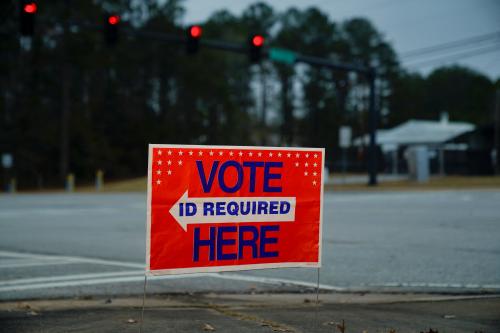
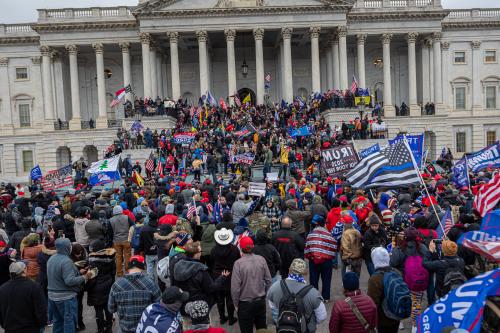
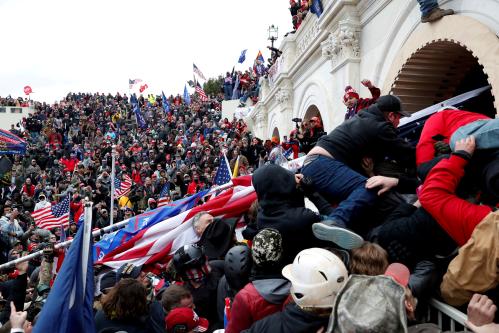
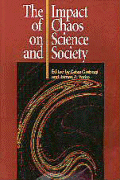
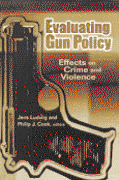
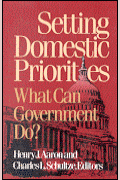

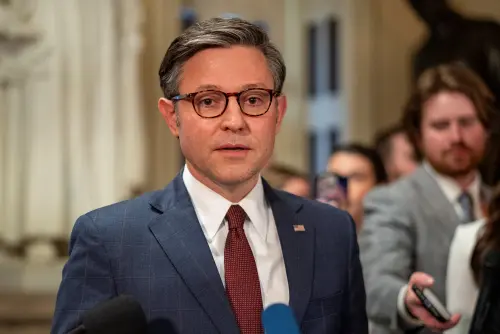


Commentary
Why the risk of election violence is high
October 27, 2020